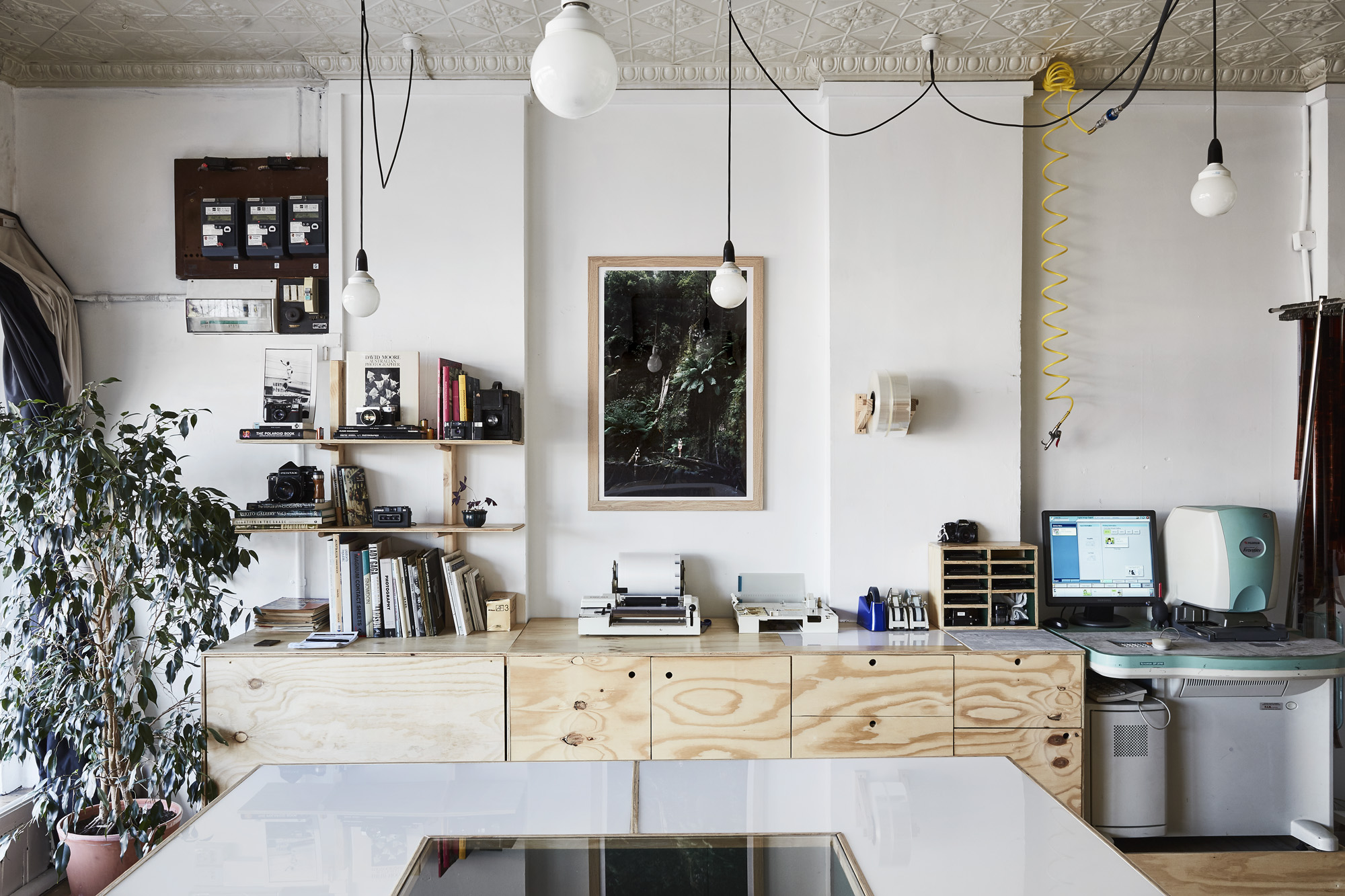Ever wanted to build your own darkroom or even dreamed of opening your own film lab? You might want to take notes from our guy Brock Saddler.
It’s been a while since we last touched base with Brock Saddler, the Australia-based photographer who showed us how to hack the Bronica ETRS to shoot Fujifilm Instax Mini Film. While he hasn’t been successful yet in creating a seamless version of this project, he was actually busy with something else: his own film developing lab. It was something that was always in his mind, and he was happy to report that he was finally able to set it up and get it running for the past 8 months.
He decided to call his Victoria-based lab Work in Process, we believe, as a reference to the fact that it’s a continuously ongoing and even evolving project to some degree, but they’re already open to process your films. We got him to tell us a bit about stuff like what it was like for him to put everything together, and what modern community labs like it now stand for.
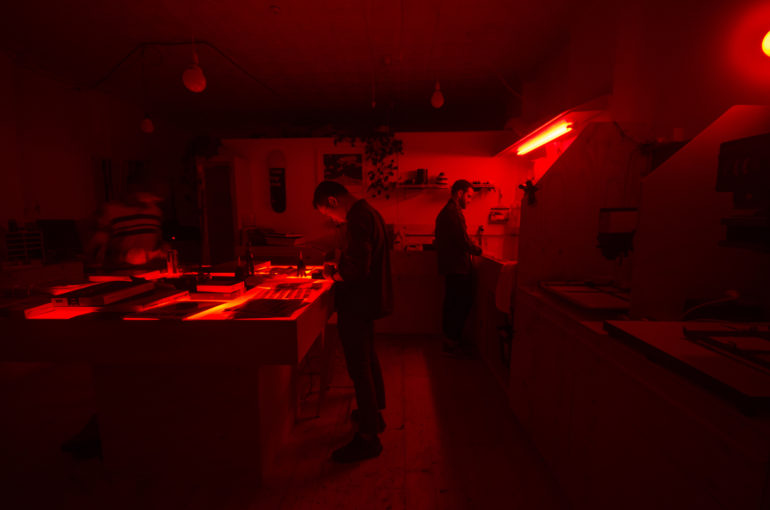
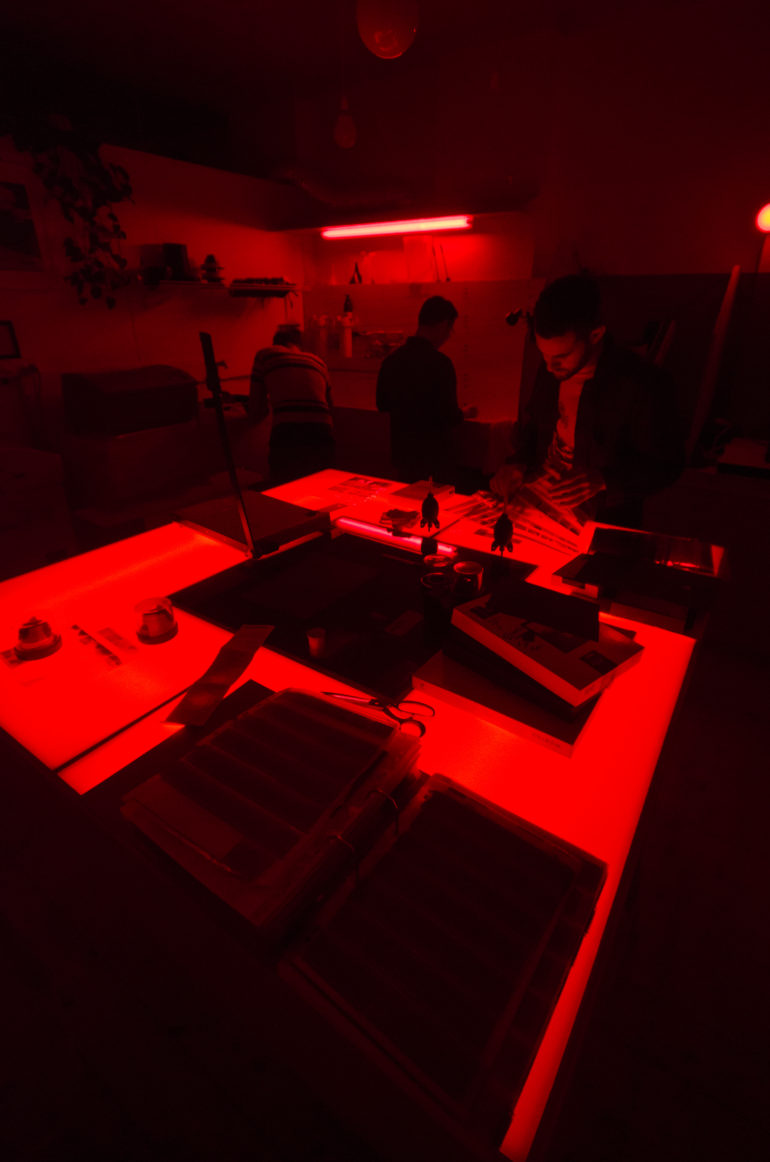
Phoblographer: Can you share with us what inspired you to open a lab and darkroom in your area? What was your vision for it?
Brock Saddler: I had the idea to open a lab/darkroom ever since I developed a roll of black and white film for a friend many years ago when he said “You should do this as a living”. Ever since then I have had the idea sitting in the back of my mind. A recent move from the Sunshine Coast in Queensland to Melbourne was the start of the journey. Melbourne is a mecca for photography as well as art and culture in general.
The main inspiration for Work In Process was the idea for a modern lab which broke away from the constant mindset that analog is old technology, out dated and a dying art. I’ve been in too many labs, camera shops, studios that are fitted out with old memorabilia from the past world when film was the ‘only’. Now, it’s just a sad reminder of things that used to be, folding cameras and rusting Kodak signs collecting dust on their shelves as a reminder of something that once was.
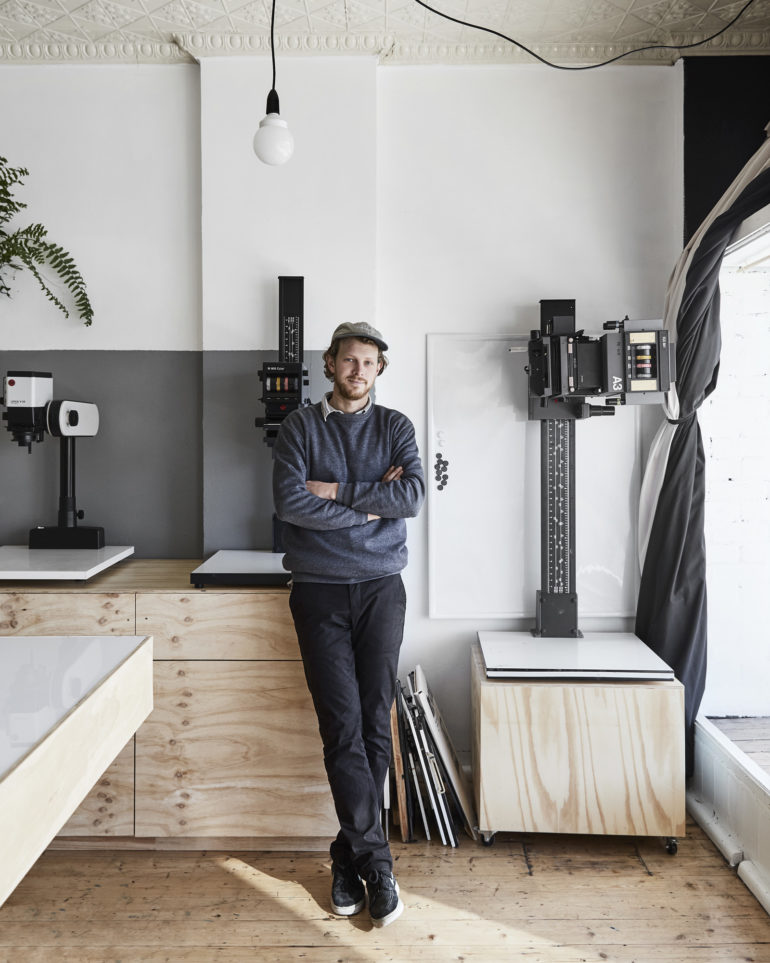
Work In Process is accepting analog in this era as ‘new tech’, a ‘new’ form of art and helping it find a place to fit into this modern world. To many of our customers it is a new art, as the new generation didn’t grow up with shooting film; they were born with a screen in their hands and everything at the swipe of a finger. Film is a huge learning curve and said customers love it. It’s amazing to watch their interest grow from roll to roll. We like to think of Work In Process as a place to nurture and learn everything about this rewarding art from. To us It’s not about taking pictures, it’s really about making pictures.
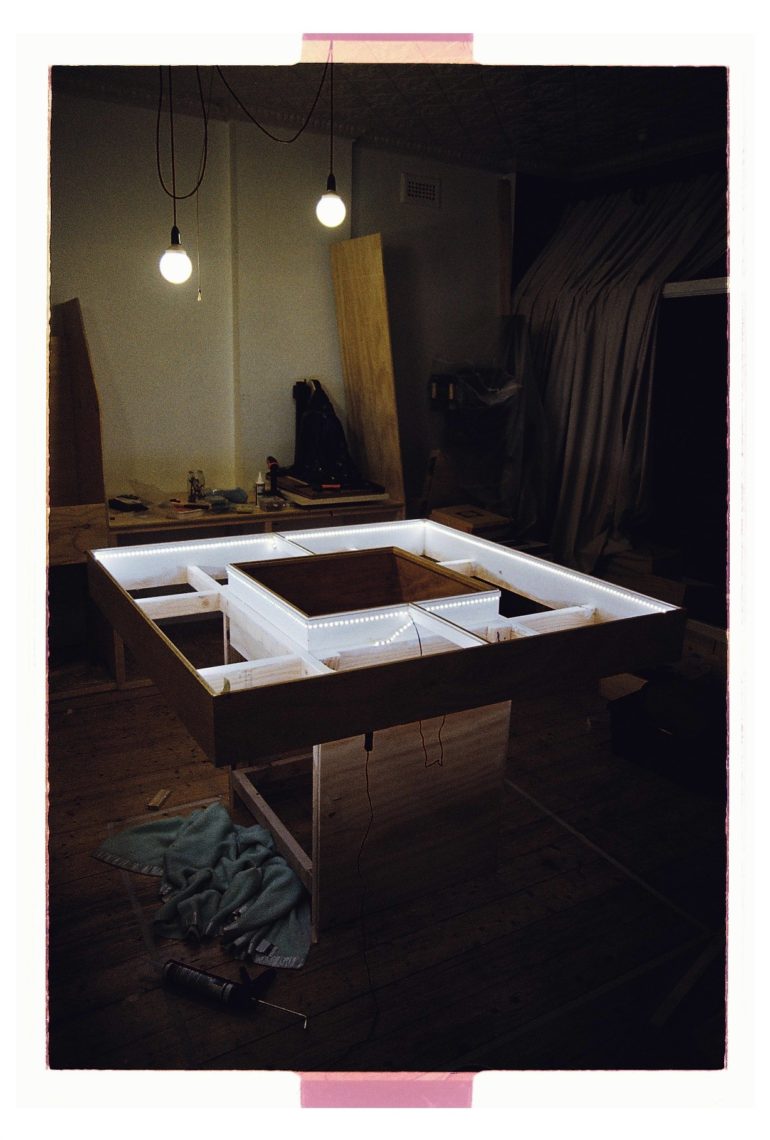
Phoblographer: What challenges did you encounter while building Work in Process? How did you overcome them?
Brock: Where do I start! The biggest challenge was finding (working) equipment. Ever since ever I have been collecting equipment (my girlfriend calls it hoarding) as it doesn’t come up very often. The rise of the digital age meant a lot of the gear was going straight to landfill, and the one of the most difficult things is all the knowledge that went with it goes there too. The technicians that would repair these machines are all retiring and the practices aren’t being passed on to the next. For instance, some of these Fuji scanners are extremely engineered and parts haven’t been made for decades. It makes running a lab tough knowing you’re walking a tightrope every time you turn these things on.
To get my C41 processor running was a feat in its self. It’s a Noritsu V30SM which used to take cartridge chemistry, a simple plug and play design that has just recently been ceased production of the boxed chemistry. I had to do a full rebuild of the replenishment system to use external tanks with chemistry I now premix — wasn’t that fun!
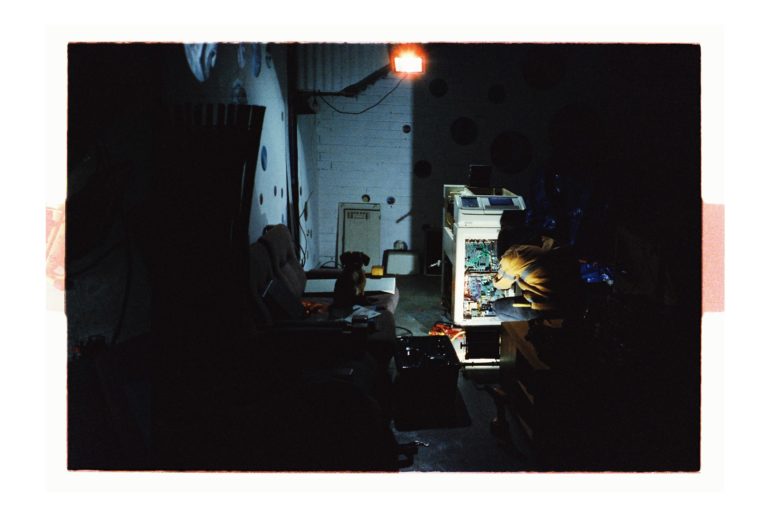
Phoblographer: Which equipment did you prioritize for Work in Process and why?
Brock: I’ve been opening Work In Process in stages. As a small business I didn’t have the funds or time to go in all guns blazing. I started off with just film processing, so securing the scanner and processor was the main priority. I fit out the shops bare skeleton to make sure the lab side could function efficiently during this stage. Since then I’ve opened the darkroom side of it for hire of an evening and the workshops and camera hire will be next.
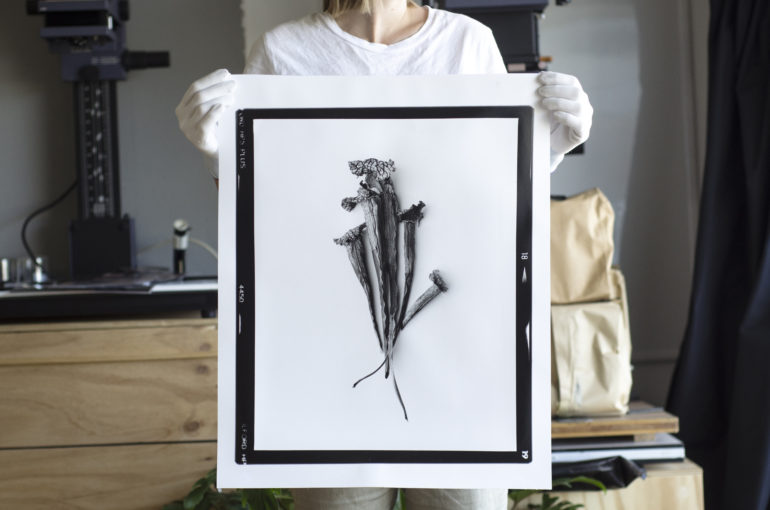
Phoblographer: What do you think is the role of film labs and community darkrooms like yours in the age of digital photography?
Brock: I personally think labs and darkrooms have a huge responsibility laid upon them. Shooting film isn’t cheap, and with our economy now many shooters are cutting down how often they will drop in a roll. Modern labs need to keep the excitement in shooting film, they need to keep it enjoyable to the shooter. If the photographer isn’t enjoying it they wont go shoot. If we want to see new people picking up a camera and loading it with film and try to grow this industry to be more, labs need to pick up their game and show the excitement in what is shooting on film. They need to be active in the community and be pushing the art form. Gone are the days of Ma & Pa’s 1 hour photo.
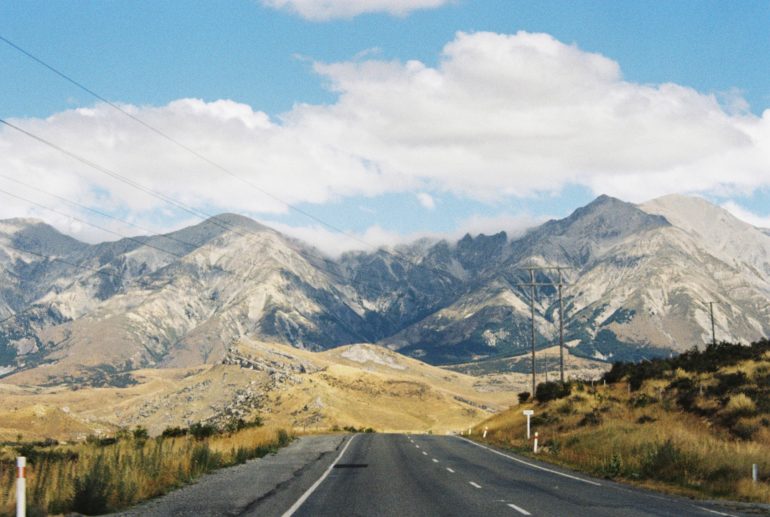
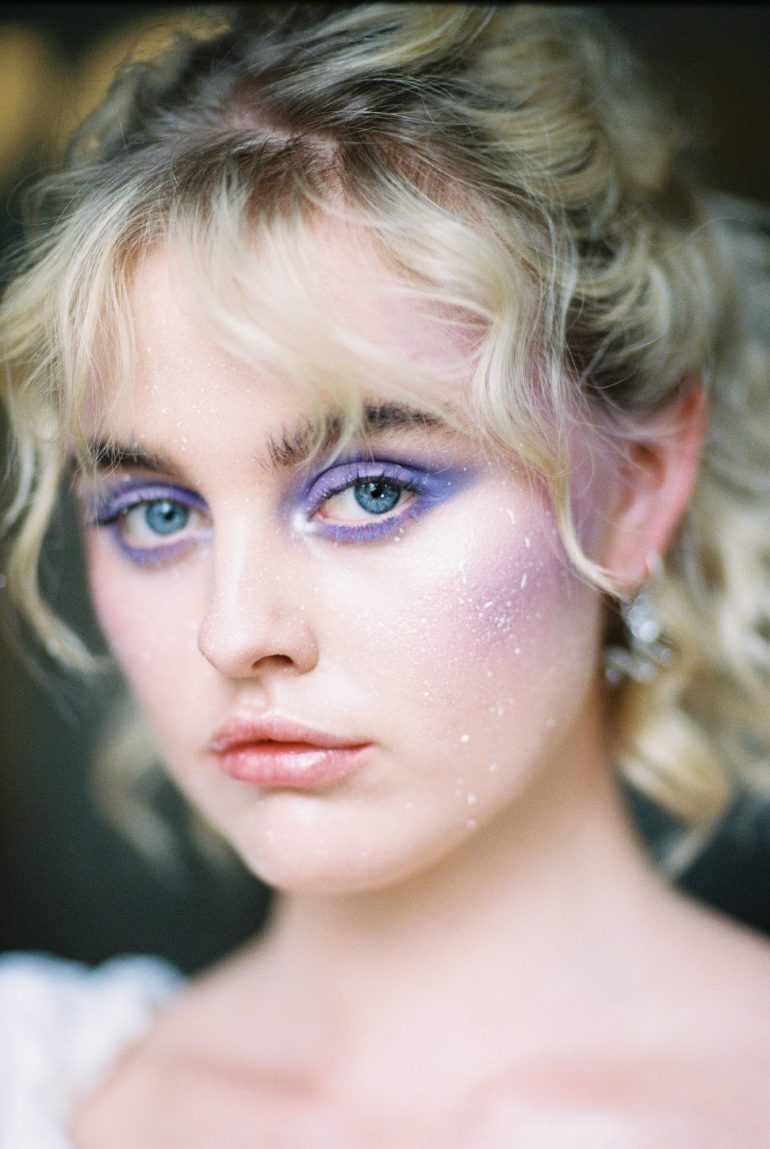
Phoblographer: Lastly, what can everyone expect from Work in Process? Anything in the pipeline to make things more interesting for your local film photography community?
Brock: All I can say is, lots. Work In Process is young and growing at an extraordinary rate. It’s first birthday is coming up in June and I want to give something back and say thank you to the amazing community of film shooters that now call WIP Lab their local photo lab.
If you’re in Victoria and would like to drop by the lab and say hi to Brock Saddler, do check out the Work in Process website to find out more about their schedule and services.


